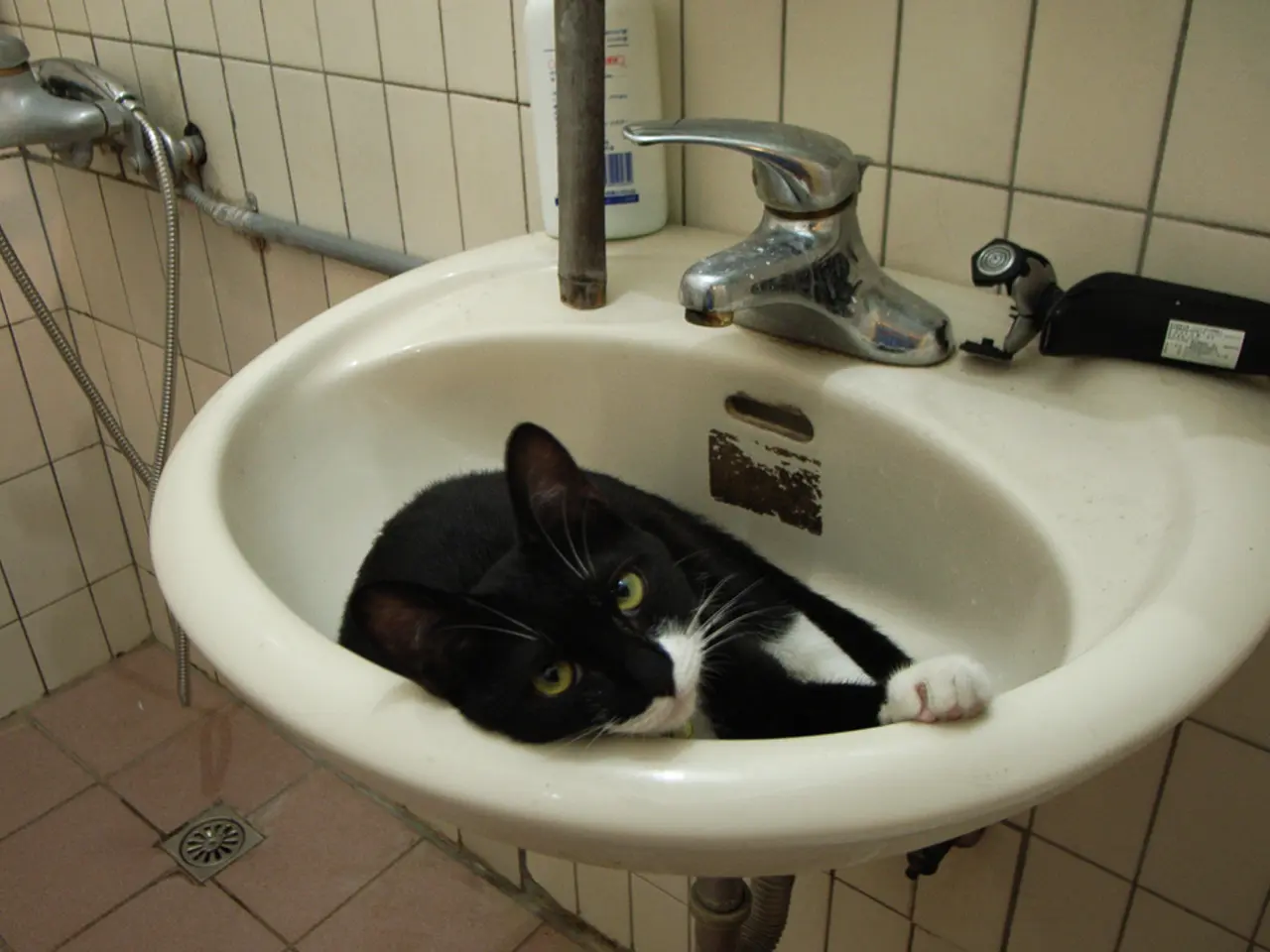Removing Cat Urine Smell from Upholstered Furniture
Leather furniture can be a stylish and comfortable addition to any home, but dealing with cat urine stains and odors can be a challenging task. However, with the right approach and the use of natural and pet-safe products, you can effectively neutralize the smell and restore your furniture to its original state. Here are the most effective methods for removing cat urine odor from leather furniture:
## Cleaning and Odor Removal Steps
1. **Blot and Wipe Immediately** - Blot the area as soon as you notice the accident to remove as much urine as possible using a clean, dry cloth. - Avoid rubbing, which can spread the urine deeper into the leather.
2. **Use a Mild Cleaning Solution** - Mix 50% vinegar and 50% water in a spray bottle. Lightly spray the affected area and let it sit for a few minutes, then wipe away with a clean, damp cloth. - Avoid soaking the leather to prevent water stains or damage.
3. **Apply Enzyme Cleaner** - Use a pet-safe enzyme cleaner specifically designed for leather. These cleaners break down the proteins in urine that cause odors and stains. - Follow product instructions—typically, apply, let sit, then wipe away excess. - Recommended product: Hepper Advanced Bio-Enzyme Pet Stain & Odor Eliminator Spray is highly recommended for leather.
4. **Neutralize with Baking Soda** - Sprinkle baking soda on the area if water-based solutions are safe for your leather type. Let it sit for several hours or overnight, then gently vacuum or brush it off. - Note: Some leathers may not tolerate moisture. Always spot-test a small, hidden area first.
5. **Use Activated Charcoal** - Place a bowl of activated charcoal near the affected spot overnight. Charcoal naturally absorbs odors and can help remove lingering smells.
6. **Condition the Leather** - Apply a leather conditioner, olive oil, or coconut oil to restore moisture and protect the leather after cleaning. - Always test the conditioner on a small, inconspicuous area first.
## Additional Tips
- Regular maintenance and prompt cleaning help prevent persistent pet odors. - Avoid harsh chemicals or ammonia-based cleaners, as they can damage leather and may attract cats back to the same spot.
## Summary Table
| Step | Method/Tool | Purpose | |------------------------|-------------------------|-----------------------------------| | Blot | Dry cloth | Remove excess urine | | Clean | Vinegar/water spray | Disinfect and deodorize | | Enzyme treatment | Enzyme cleaner | Break down urine proteins | | Odor absorption | Baking soda/charcoal | Neutralize lingering odor | | Condition | Leather conditioner | Restore and protect leather |
Following these steps will help effectively remove cat urine odor from leather furniture and keep it looking and smelling fresh. It's crucial to locate the urine stain as soon as possible and blot it with a clean cloth, paper towels, or an old damp rag. Additionally, avoid using a steam cleaner or applying heat, as this can set the stain and make it more challenging to remove. When using an enzymatic cleaner, let it sit for the recommended amount of time before wiping it clean.
- To maintain a pet-friendly home and garden while ensuring a fresh lifestyle, employ the Hepper Advanced Bio-Enzyme Pet Stain & Odor Eliminator Spray to effectively break down cat urine proteins in your home's leather furniture.
- Balance a health-conscious diet with regular exercise for your pet, supplemented by incorporating home-and-garden elements, such as using natural and pet-safe products, to create a harmonious living environment that both you and your pet can enjoy.




